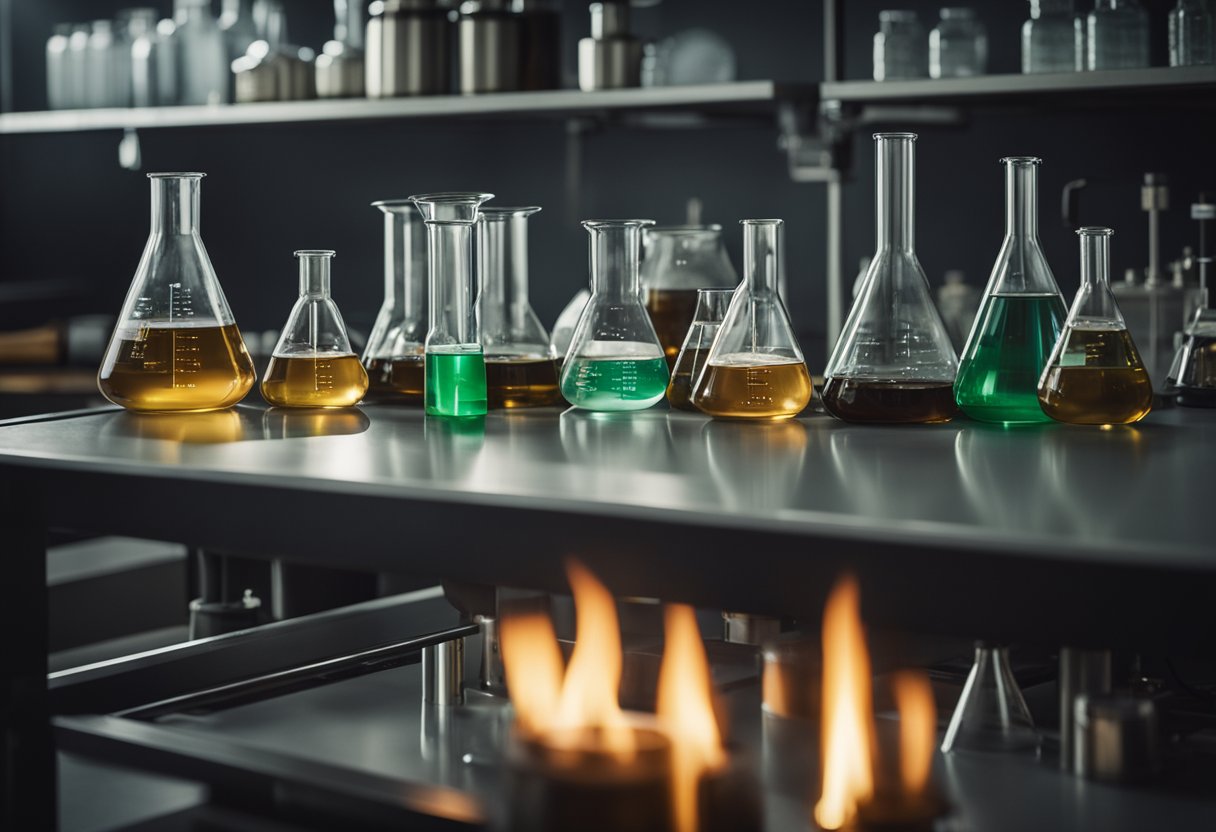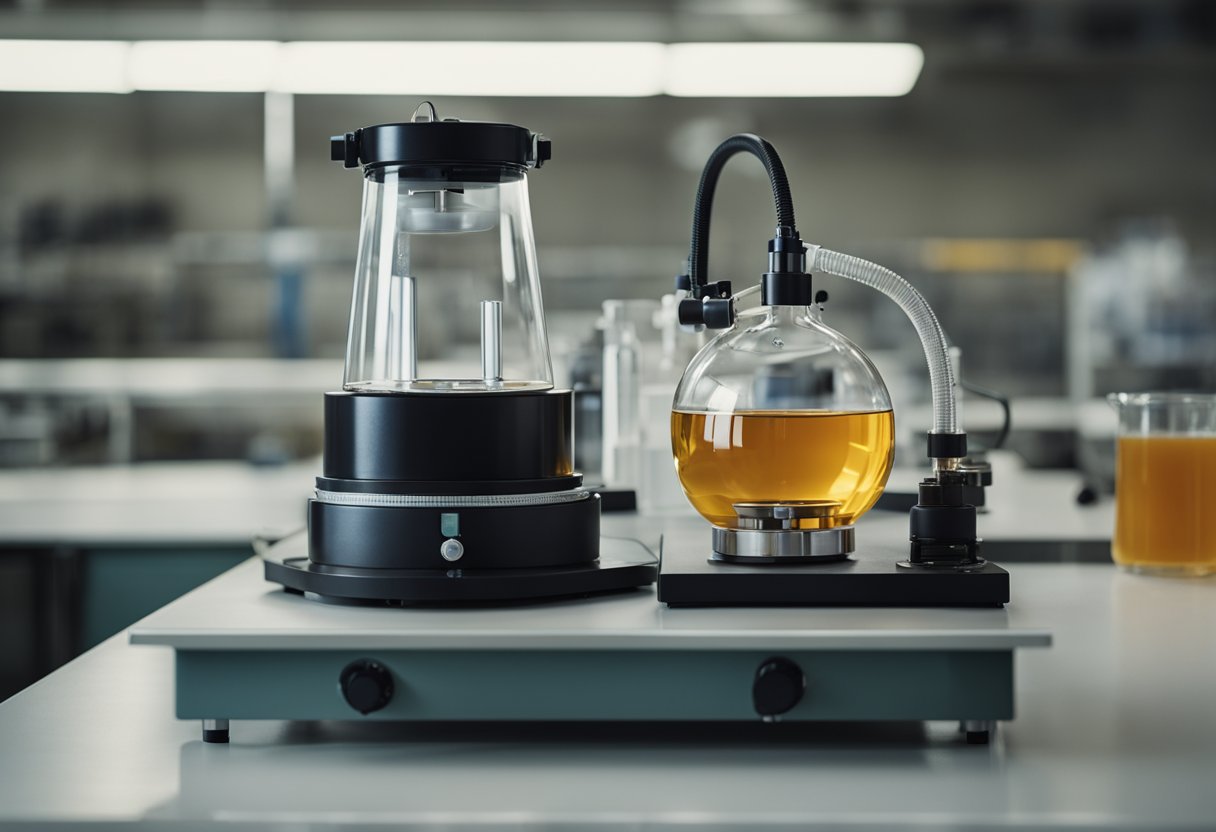Heating mantles are versatile tools that play a crucial role in scientific research. These devices provide controlled, uniform heat to laboratory glassware for various applications. You’ll find heating mantles indispensable for tasks like distillation, evaporation, and synthesis reactions in chemistry labs.
 Researchers rely on heating mantles for precise temperature control during experiments. Unlike open flames, these mantles offer safer heating options for flammable substances. You can use them to heat round-bottom flasks, beakers, and other vessels without direct contact with the heat source.
Researchers rely on heating mantles for precise temperature control during experiments. Unlike open flames, these mantles offer safer heating options for flammable substances. You can use them to heat round-bottom flasks, beakers, and other vessels without direct contact with the heat source.
Heating mantles excel in drying samples and maintaining consistent temperatures for extended periods. Their adjustable settings allow you to fine-tune heat levels for different experimental needs. Whether you’re conducting organic synthesis or analyzing materials, heating mantles are essential equipment in your scientific toolkit.
 Heating mantles are essential laboratory devices designed to provide controlled, uniform heat to flasks and other glassware. These versatile instruments offer precise temperature control and enhanced safety compared to traditional heating methods.
Heating mantles are essential laboratory devices designed to provide controlled, uniform heat to flasks and other glassware. These versatile instruments offer precise temperature control and enhanced safety compared to traditional heating methods.
Heating mantles come in various sizes and shapes to accommodate different glassware. You’ll find stirred and non-stirred options available. Stirred mantles include a built-in magnetic stirrer for mixing samples while heating. Non-stirred models focus solely on heat application.
Digital heating mantles offer advanced temperature control features. You can set exact temperatures and ramp rates using digital interfaces. These models often include safety shutoffs and temperature alerts.
The heating element in mantles typically consists of resistance wire embedded in fiberglass or silicone rubber. This design ensures uniform heat distribution around the flask. Most mantles can reach temperatures up to 450°C, suitable for a wide range of laboratory applications.
Heating mantles provide several benefits compared to Bunsen burners or hotplates. You’ll experience more precise and consistent heating with a mantle. The surrounding insulation prevents heat loss and improves energy efficiency.
Safety is a key advantage of heating mantles. The enclosed heating element reduces fire risks associated with open flames. You won’t need to worry about direct contact between the heat source and flammable materials.
Mantles offer better temperature uniformity for your samples. The curved design matches flask shapes, ensuring even heat distribution. This prevents localized hotspots that can lead to sample degradation or unwanted reactions.
Durability and reliability are additional benefits. Quality heating mantles can last for years with proper care. You’ll find them to be low-maintenance and resistant to chemical spills, unlike some alternative heating methods.
 Proper operation and safety measures are crucial when using heating mantles in scientific research. Careful attention to temperature control, heat distribution, and protective measures can prevent accidents and ensure reliable results.
Proper operation and safety measures are crucial when using heating mantles in scientific research. Careful attention to temperature control, heat distribution, and protective measures can prevent accidents and ensure reliable results.
You should use a temperature controller or PID system to maintain precise heat levels. Set your desired temperature and monitor it closely to avoid hotspots. Magnetic stirrers can improve heat distribution throughout your sample. For even heating, choose a mantle that fits your flask size snugly.
Consider the thermal properties of your materials. Adjust power settings gradually to prevent sudden temperature spikes. Some heating mantles offer multiple heating zones for better control.
Insulation quality affects efficiency. Well-insulated mantles reduce heat loss and energy consumption. Regularly check the insulation for wear or damage.
Always inspect your heating mantle before use. Look for frayed wires, cracks, or signs of wear. Ensure proper grounding to prevent electrical hazards.
Never leave a heating mantle unattended during operation. Use mantles with automatic shut-off features for added safety. Keep flammable materials away from the workspace.
Wear appropriate personal protective equipment, including heat-resistant gloves and safety goggles. Have a fire extinguisher nearby in case of emergencies.
Be cautious of overheating. Some mantles have built-in temperature limits, but you should still monitor closely. Allow the mantle to cool completely before handling or storing it.
Explore the diverse applications of heating mantles in your lab to enhance precision and safety in temperature control. Whether you’re conducting organic synthesis, distillation, or material analysis, heating mantles are indispensable tools that ensure consistent and uniform heating. Equip your lab with the best—Contact us today to learn more about how heating mantles can elevate your research.